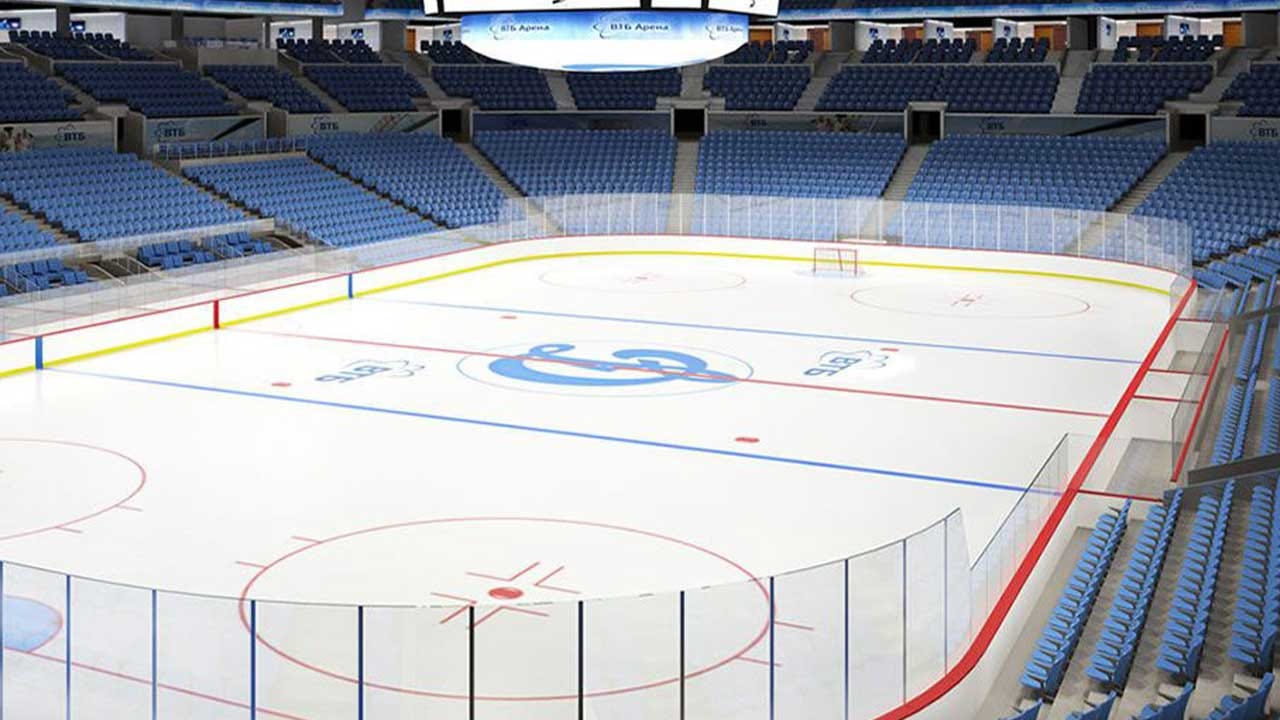When you are going to a hockey game, you want to have the best experience. After all, you are paying hard-earned money and expending the time and effort to take in the game. So, which seats are best for you?
The Ends of The Rink
This view allows spectators to see how players use the different lanes of the ice and handle defensive leverage. Team systems are easy to track, but speed differentials are harder to see.
It’s also great to see from the goalie’s perspective on handling incoming rushes and defensive zone time.
A major downside is that when the play goes to the far end, it can be hard to see.
Center Ice
This view allows spectators to see all of the game up close as the play is never “in the far end.”
Speed differentials are much easier to see and can understand the spacing between players much better. On the other hand, it’s not as easy gameplay in either zone, at least compared with sitting in an end.
Corners
The corners allow for a bit of the best of both worlds, where you don’t get a pure view of anything, but get a good view of everything.
When I posed the question to Dave Starman (Coach, analyst, and TV commentator), he came back with a great answer as to why this was his favorite spot.
Top of the first level in a corner so you can see how the game develops. Better depth perception, see lanes open up, see spacing created.
Close To The Glass
Front row seats are always a coveted ticket, and for good reason. The advantage is to be able to see the true speed of the game up close. For newer fans, seeing the speed of a high-level hockey game up close and personal can be a truly memorable experience.
There are downsides to sitting close to the glass, however. Your view of the corners is often obstructed, and it can be more challenging to see plays developing. If you’re going to scout a game, this may not be your best bet. But if you’re going for sheer entertainment, there’s some upside.
Nosebleeds
Sure, being further away from the action may cause you to squint to read the player nameplates, but it’s a lot easier to see the plays develop and take in the obvious “why didn’t they pass to that player” moments that can be missed up close.
From a coaching perspective, this is probably the optimum view, as the viewer can see everything at a ‘slower’ pace, which allows for more teachable moments.
I really like to sit in the first few rows in the second deck or the last few rows in the lower bowl.
Above the Glass
Most veteran hockey viewers understand that just above the glass seats provide the best of both worlds where they can take in details and the speed of the game without getting obstructed views that can happen with the glass.
A Note On Bias
When doing any kind of in-person scouting or taking in a game, you will have a bias toward who and what you see the most.
For example, if you’re sitting in a corner, you’ll likely see more of the defensemen of one team than the other, and as such, you’re more likely to rate them more favorably (or negatively) as you get more viewings to see the details of their game.
Further Reading
Did you enjoy this newsletter?
Help us spread the ideas within and share it with the people you care about




